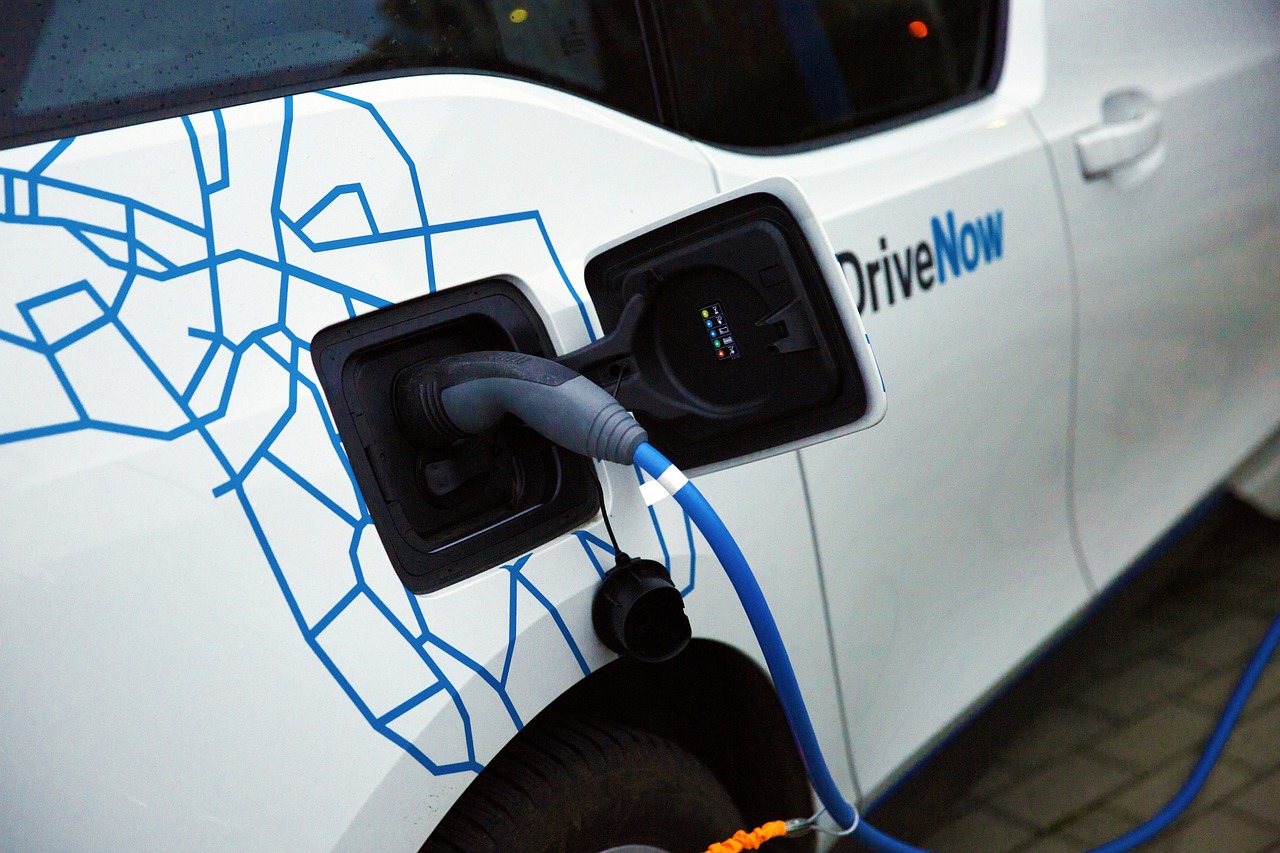In a significant shift set to roll out in January, the $7,500 tax credit for electric vehicles (EVs) is undergoing a transformation that could reshape the landscape of the automotive market. Instead of waiting for a tax refund from the IRS, buyers will now have the option to apply the credit upfront at the dealership, a move aimed at propelling the sales of EVs. Despite their rising popularity, electric vehicles still constitute a relatively small portion of the total number of cars on the road, partly due to their higher upfront costs compared to traditional gas-powered vehicles.
Stephanie Brinley from S&P Global Mobility highlights two key priorities for American consumers when shopping for a new vehicle: simplicity and a focus on monthly payments rather than the overall purchase price. The revamped tax credit addresses both concerns. By making the credit process simpler and reducing the amount buyers need to borrow, it can have an immediate impact on monthly payment prices, according to Brinley.
Historically, upfront incentives have proven effective. Economist Erich Muehlegger of the University of California, Davis, notes that instant sales tax waivers, even if of lesser value than delayed tax credits, have had a more substantial impact on the adoption of hybrid vehicles. Their simplicity, ease of claiming, and timing at the point of purchase have contributed to their success.
In St. Petersburg, Florida, Greg Soulliere, a dealership owner with around 30 Chevy Bolts in his inventory, anticipates a positive impact from the program. Waiting for a tax refund can deter potential buyers, but an upfront application of the tax credit makes EVs more appealing to customers.
For residents in states with additional incentives, like Colorado, the affordability of EVs gets an extra boost. Clay Stranger from RMI, a clean energy think tank, emphasizes the combined effect of a $7,500 federal incentive with a $5,000 state incentive, potentially providing up to $13,000 in tax credits. This, he believes, can significantly narrow the cost gap between traditional and electric vehicles.
However, it’s not just the cost that hinders widespread EV adoption. According to Darren Whitehurst from the Texas Automobile Dealers Association, concerns about charging infrastructure persist, especially in rural areas. In regions like Pecos, Texas, limited charging infrastructure poses a challenge, with doubts about how much the federal program will impact consumer demand in such areas.
In conclusion, the forthcoming adjustment to the electric vehicle tax credit, allowing buyers to apply it upfront at the dealership, aims to simplify the purchasing process and make EVs more financially attractive. While the immediate impact is anticipated to be positive, challenges related to charging infrastructure, particularly in rural areas, may continue to impede widespread adoption. As the automotive industry undergoes this transformation, the success of these changes will likely depend on addressing both financial and practical concerns of potential EV buyers.


